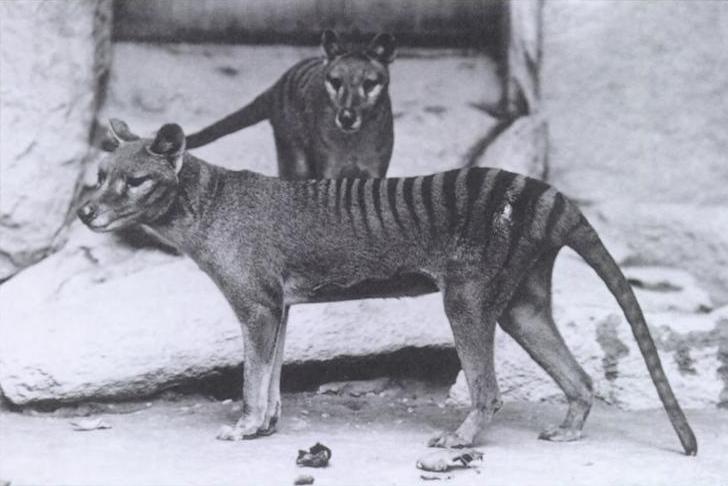Plans to revive Tasmania’s iconic thylacine could be underway after the launch of a multi-million dollar project.
The University of Melbourne received a $5 million dollar gift from the Wilson Family Trust earlier this year to establish and open a thylacine restoration lab.
It’s part of a new plan where University of Melbourne is partnering with Colossal, a Texas biotechnology “de-extinction” company that also has plans to recreate the woolly mammoth and return it back to the Arctic.
Andrew Pask, a professor at the University of Melbourne and head of the Thylacine Genetic Restoration Research Lab, said the project will use advances in genetics, ancient DNA recovery and artificial replication to bring the animal back to life.
“We can develop the technologies to potentially bring back a species from extinction and help safeguard other marsupials on the brink of disappearing,” he told CNN.
The Tasmanian tiger was hunted to extinction in the 1930’s. It was the only marsupial apex predator that has lived in modern times, and it played a very integral role in the ecosystem.
Scientists on the project are hoping to bring back the animal to its native habitat in Tasmania within the next 10 years.
“The tools and methods that will be developed in the TIGRR Hub will have immediate conservation benefits for marsupials and provide a means to protect diversity and protect against the loss of species that are threatened or endangered,” Professor Pask said.
PHOTO: Thylacinus by Baker; E.J. Keller available HERE and used under a Creative Commons license. The image has not been modified.







